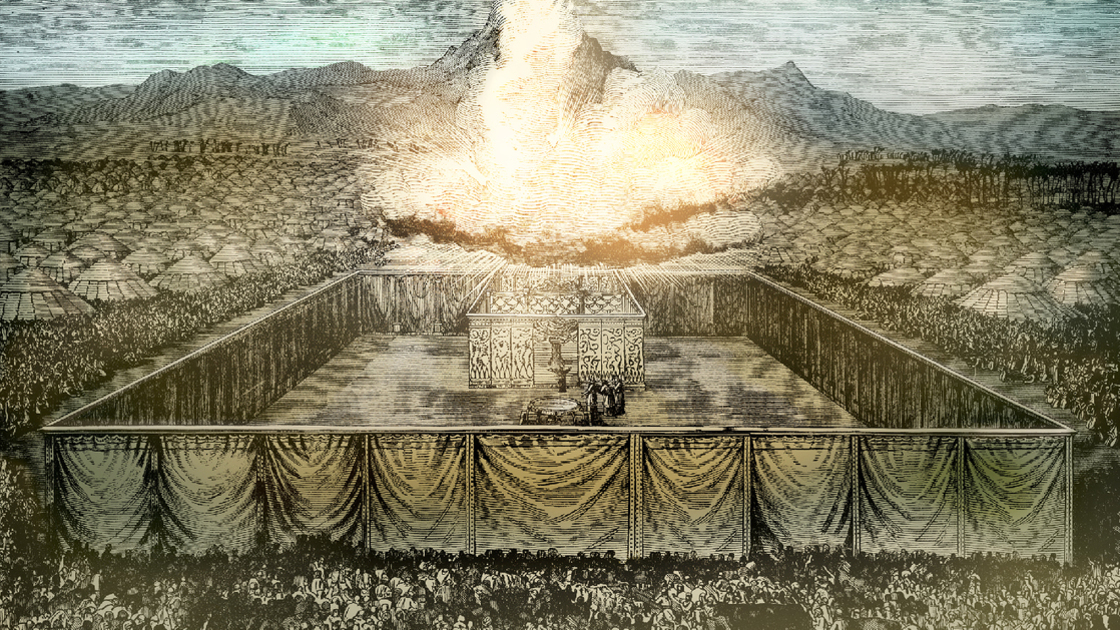Thursday in Israel is Yom Kippur, or the Day of Atonement. The Jewish people consider it the holiest and most solemn day of the year. On this day, even many secular Jews who otherwise never set foot in a synagogue will attend—not unlike those in the Christian world who only attend church services at Christmas and Easter.
Most professing Christians don’t even know this festival of God exists. Most who have heard of the Day of Atonement think it is no longer relevant, or perhaps is relevant only for Jews. But Atonement represents the fifth of seven steps in God’s master plan to bring all mankind into His Family! And the Bible makes clear that it is profoundly meaningful and relevant to all people.
Passover, the first of God’s annual convocations, pictures the death of Christ in payment for the penalty of human sin repented of (Exodus 12:23-24; Matthew 26:17-29; John 2:13, 23; 1 Corinthians 5:7). The Days of Unleavened Bread pictures the Church coming out of sin, even as Israel came out of Egypt (Exodus 12:14-17; Hebrews 11:25-26). Pentecost pictures the Church as the first to be begotten and born as children of God during the Church age (Leviticus 23:15-17, 20-21; James 1:18). The Feast of Trumpets, which was observed last week, pictures the Second Coming of Jesus Christ (Leviticus 23:23-25; Revelation 8:1-2, 6; 11:15; 1 Thessalonians 4:16-17).
That brings us to the Day of Atonement. Right at the time of Christ’s return, Satan the adversary will still be the god of this world (2 Corinthians 4:4). This is an office Satan has occupied for the last 6,000 years, and from which he has “deceive[d] the whole world” (Revelation 12:9; Ephesians 2:2). The devil has deceived mankind into following his way of rebellion against God’s law and into continual sin and destruction. His influence has been a major factor in mankind’s rebellion and suffering.
But upon Christ’s return, He will depose Satan and take His place as King of kings—the rightful and righteous Ruler. One of Christ’s first acts will be to order Satan to be bound and taken to a place of restraint for a thousand years.
This extraordinary future is pictured by the Day of Atonement ceremonies commanded in Leviticus 16. The high priest was commanded to select two goats and cast lots over them, with one representing Christ (verses 5-19; see also Hebrews 9:12, 22-26) and the other representing the “Azazel” (Leviticus 16:5-8). The high priest, who also performed symbolic roles of Jesus Christ, then laid his hands on the Azazel goat and confessed over it all the sins of the people. Then a man led the goat into the wilderness and released it (verses 20-22).
So what does the Azazel goat symbolize?
Herbert W. Armstrong showed in his booklet Pagan Holidays—or God’s Holy Days—Which?, that Azazel symbolizes Satan the devil. Satan will be punished for influencing mankind into disobeying God. He will bear his own guilt for the sins of mankind. The devil considers himself to be a scapegoat—that he has no fault in human sin. That is a rank lie: Satan is the author of sin, and he will bear his punishment.
The Apostle Paul explains the enduring spiritual significance of these ceremonies for New Testament Christians in Hebrews 9. And Revelation 20:1-3 show how the symbolism of the goat for Azazel will be fulfilled in the near future with Christ banishing the devil.
Satan will not be able to influence mankind during this wonderful time period. The change in men’s minds will be remarkable. As a whole, humanity will accept the sacrifice of Jesus Christ and live according to God’s law. There will be universal peace, joy and happiness! (Isaiah 2:1-4).
The Day of Atonement pictures man being free and independent from Satan—and made “at one” with God.
This is why God commands us to refrain from all work and to fast on this holy day (Leviticus 23:27-32). “Afflicting” ourselves with proper fasting helps to free us from fleshly concerns and lusts and brings us close to God. Isaiah 58:6 states, “Is not this the fast that I have chosen? to loose the bands of wickedness, to undo the heavy burdens, and to let the oppressed go free, and that ye break every yoke?”
There is a sense of liberation associated with Atonement. This day pictures the time when humanity will be freed from the evil, sinful burdens that weigh on us—thanks largely to Satan.
Abstaining from food pictures abstaining from fleshly lusts, resisting sin and resisting Satan—which is what the world will be doing once this day is fulfilled. Throughout the 1,000 years of peace under Christ’s rule, Atonement will be observed as a memorial of mankind’s being freed from Satan. But today we fast to learn how to be free from the devil that we still must deal with.
Once the world is independent from Satan, it then will become reliant upon God. Atonement is a type of Independence Day for the world—but only independence from Satan. Then man will be at one with God and will be dependent on Him.
Reconciled with God, humanity will be on the path leading to membership in the God Family. Man will develop God’s character, His nature and eventually have everlasting life in His Family—and all because they learned to rely on Him!
What a radiant vision is contained in the Day of Atonement!
To understand more about the rich vision of this day, order your free copy of Mr. Armstrong’s Pagan Holidays—or God’s Holy Days—Which? And don’t miss the next two issues of Signposts to understand the sixth and seventh steps in God’s master plan to bring all mankind into His perfect Family!
